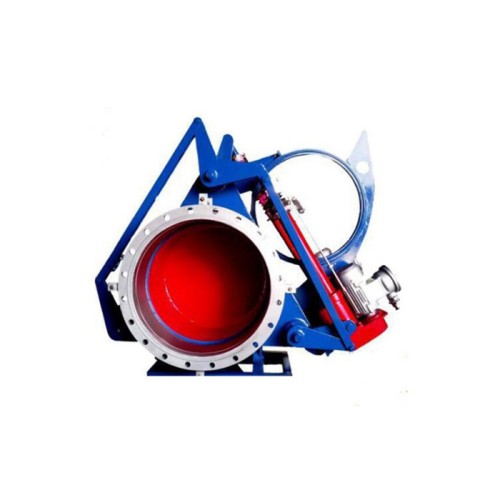Understanding the Importance of Plumbing Flanges in Modern Plumbing Systems
Understanding Plumbing Flanges An Essential Component in Plumbing Systems
Plumbing systems are intricate networks designed to efficiently transport water and waste throughout residential and commercial buildings. A critical element of these systems is the plumbing flange, a component that plays a vital role in ensuring the secure and effective connection of pipes, fittings, and other fixtures.
A plumbing flange is a flat piece of material with holes for bolts, used to connect two pieces of piping or to attach fixtures to a surface
. Typically made from various materials including PVC, cast iron, stainless steel, and bronze, flanges are selected based on the specific needs of the plumbing system, including factors such as pressure conditions, potential corrosion, and the type of fluid being transported.One of the primary functions of a flange is to facilitate a strong, leak-proof connection. When flanges are bolted together, they create a tight seal that can withstand high pressures. This is particularly important in systems that deal with pressurized steam or water. The integrity of these connections is crucial to prevent leaks, which can lead to significant water damage and costly repairs.
plumbing flange

There are several types of plumbing flanges, each designed for specific applications. For instance, slip-on flanges are designed to slide over the end of a pipe, while weld neck flanges are welded directly to the pipe for a more robust connection. Blind flanges serve as a termination point for a pipeline, essentially sealing the end to prevent fluid from escaping. Additionally, when dealing with irregular surfaces, a raised face flange can accommodate the need for better sealing.
In installation, proper alignment and spacing are critical. When flanges are installed incorrectly, issues like misalignment can occur, leading to stress on the pipes and potential leaks. It is also essential to use the right type of gasket between flanges to ensure a secure seal, as this can further prevent leaks and enhance the integrity of the joint.
On the maintenance side, regular inspection of plumbing flanges is advisable. Over time, factors such as corrosion, wear, and thermal expansion can affect their integrity. Prompt identification and replacement of worn flanges can save homeowners and businesses from extensive damage and expensive repairs.
In conclusion, plumbing flanges are indispensable components within plumbing systems, ensuring secure connections that facilitate the smooth transport of water and waste. Understanding the various types of flanges, their functions, and best practices for installation and maintenance can lead to a more efficient and reliable plumbing system. Whether in a home renovation or a commercial project, investing in quality flanges is a crucial step towards ensuring long-term functionality and safety in plumbing operations.
-
The Key to Fluid Control: Exploring the Advantages of Ball Valves in Industrial SystemsNewsJul.09,2025
-
The Versatile World of 1, 2, and 3 Piece Ball ValvesNewsJul.09,2025
-
Stainless Steel Ball Valves: The Ideal Choice for Efficient Flow ControlNewsJul.09,2025
-
Optimizing Fluid Control with Ball Float ValvesNewsJul.09,2025
-
Manual Gate Valves: Essential for Control and EfficiencyNewsJul.09,2025
-
Everything You Need to Know About Butterfly ValvesNewsJul.09,2025
-
The Versatility of Wafer Type Butterfly ValvesNewsJul.08,2025




